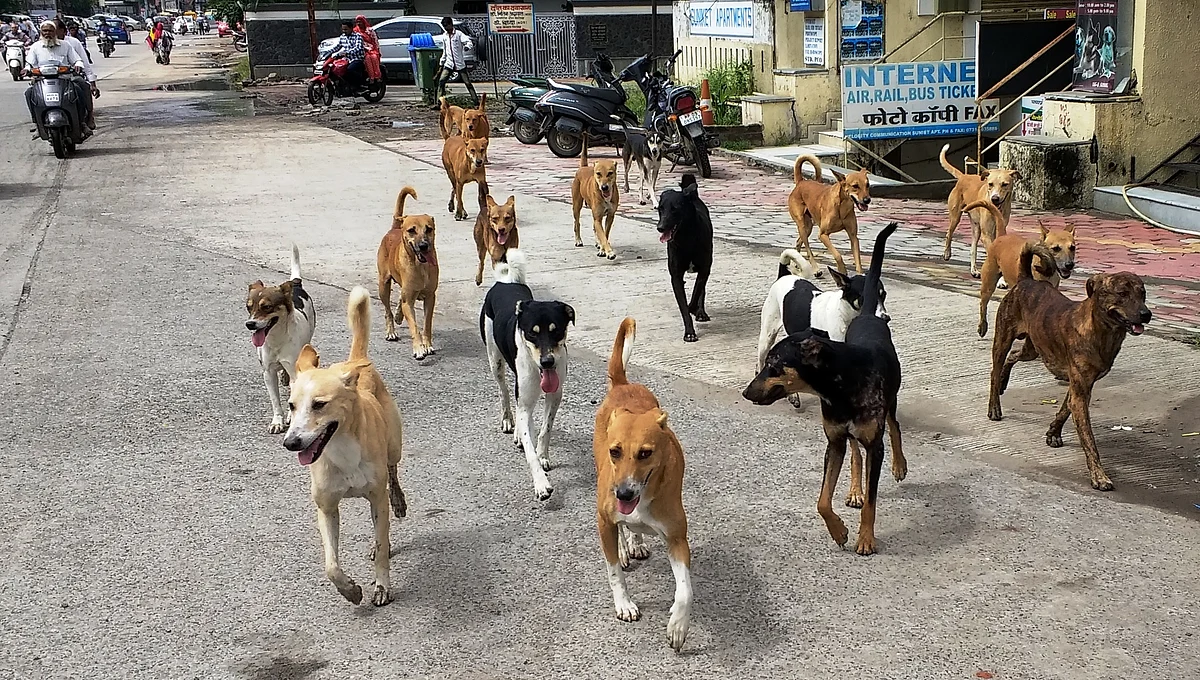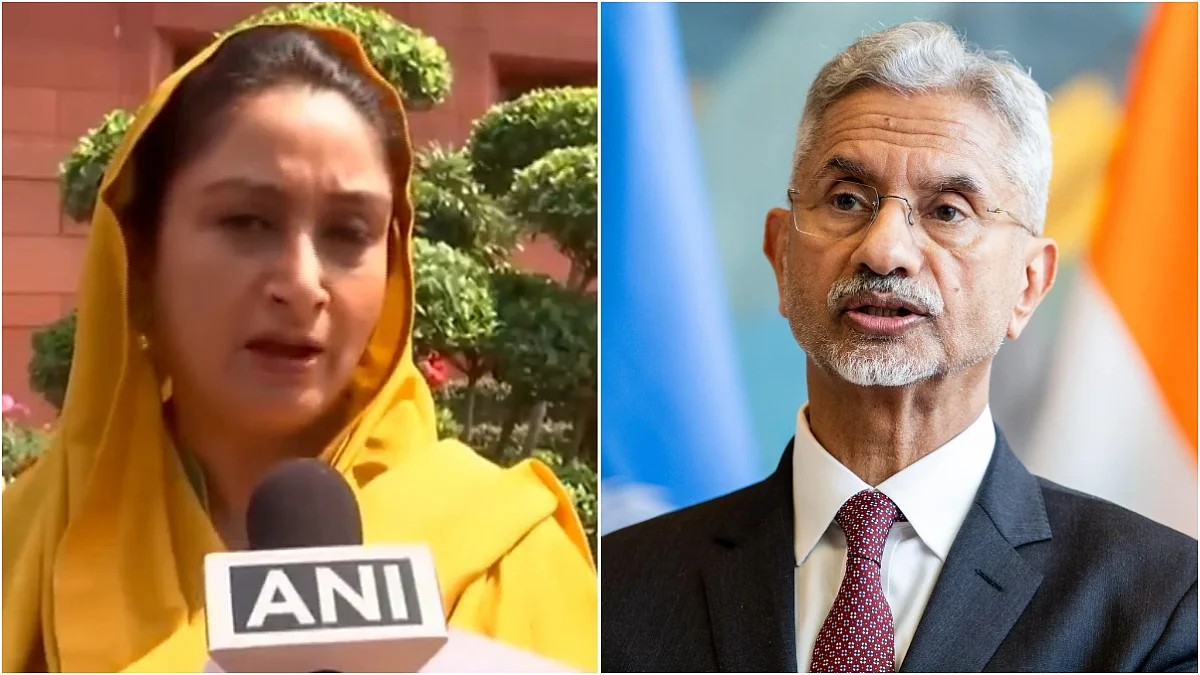The Nepali name for Mount Everest is ‘Sagarmatha’, meaning the forehead of the sky. It is an apt name for the world’s tallest mountain, as it towers over the massive ramparts of the Himalayas, the largest mountain ecosystem in the world. The Himalayas have not only shaped the contours of India but shaped its climate, its culture, its history and its people. They are the source of the mighty rivers that sustain the subcontinent. They are home to the holiest shrines of two great world religions. The Himalayan ecosphere is home to the world’s largest gene pool of flora and fauna after the Amazon rainforest. The towering peaks of this gigantic mountain range have stood tall for millennia against everything that nature could throw against them. But now, they are crumbling before man’s relentless assault.
Monday’s flash floods in Himachal Pradesh’s Dharamshala area, triggered by a cloudburst, are but the latest example of the disastrous impact that climate change, unplanned and haphazard development and unregulated tourism are having on the fragile Himalayan ecosystem.
As natural disasters go, Monday’s flash floods which swept through McLeodganj was a relatively small one. Three deaths have been reported so far, though dozens of houses and vehicles have been damaged and over 25 roads blocked by the flash floods. This pales in comparison to the death toll of over 5,000 in the 2013 flash floods in Uttarakhand. That, however, is no cause for cheer. But for an accident of chance, the cloudburst could have led to much greater destruction and loss of life.
In fact, over the past few decades, the Himalayas have been sending increasingly stronger signals that their fragile ecosystem is being tested beyond limits by the relentless onslaught of human encroachment. From the devastating Uttarkashi earthquake of 1991 to the glacier burst at Chamoli in Uttarakhand earlier this year, which destroyed two power projects and killed over 60 people, the mountains have been serving up regular warnings that they can be pushed only thus far and no further.
However, the pressing need for ‘development’ and the fact that most of the Indian Himalayan Region (IHR) region is also in the grip of extreme poverty, has forced the authorities to either turn a blind eye to the concerns of environmentalists, or actively confront them as ‘enemies of progress’. In fact, the flash floods in Dharamshala have trapped tens of thousands of tourists who had poured into the hill state after Covid-related travel restrictions had been lifted. Images of thousands of tourists ignoring social distancing norms and crowding the small roads of the hill towns of Himachal Pradesh and Uttarakhand have already sparked fears of a rapid resurgence of Covid infections – the deadly third wave. But with tourism a major source of revenue for the hill states, these concerns have been ignored, in a bid to reignite economic activity in the region.
It is not as if the authorities are not aware of the risks posed by unplanned development and uncontrolled tourism. A 2018 report by the Niti Aayog on developing a framework for sustainable tourism in the IHR noted: “Socio-economic development and conservation of the IHR is increasingly challenged by the mass-tourism scenario, which has also a cross-border connect and faces massive climate change related challenges, as well as the conventional problems of huge fiscal deficits, gaps in environmental compliance and very minimal investments to promote sustainable tourism. These problems can get worse if the envisaged tourist load of 240 million by 2025 becomes a reality.”
The report goes on to add, “Specific negative impacts linked to the current form of tourism in the IHR include the replacement of traditional eco-friendly and aesthetic architecture with inappropriate, unsightly and dangerous construction, poorly designed roads and associated infrastructure, inadequate solid waste management, air pollution, degradation of watersheds and water sources, and the loss of natural resources, biodiversity and ecosystem services. Cumulatively, these are affecting long-term tourism development prospects in the IHR.”
But knowing this and doing something about it are two different things. The political compulsion to put short-term gain over long-term risk is posing a threat, not just to the IHR but the entire world. The Himalayas are known as the ‘Third Pole’, due to the fact that they are home to the largest accumulation of snow and ice outside the Arctic and Antarctic regions. But the third pole is likely to disappear faster than the other two – the Himalayas are warming up at a faster pace than the global warming average.
Add religious sentiment to the mix – consider the disastrous decision to allow the Kumbh Mela at Haridwar, which experts now believe accelerated the onset of the second wave, or the decision to press on with the Char Dham project despite a Supreme Court-appointed expert panel warning of severe consequences – and add greed to the mix and we have a recipe for disaster. The time for taking preventive action is melting away faster than the Himalayan ice.










